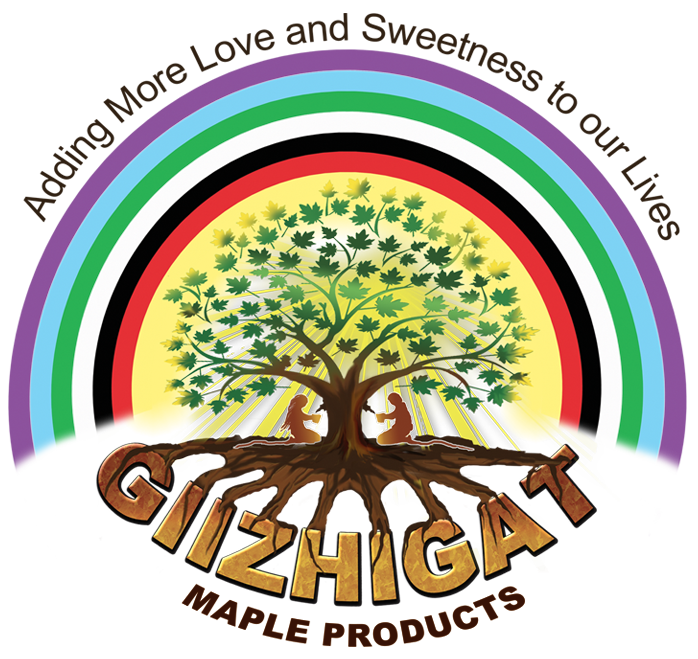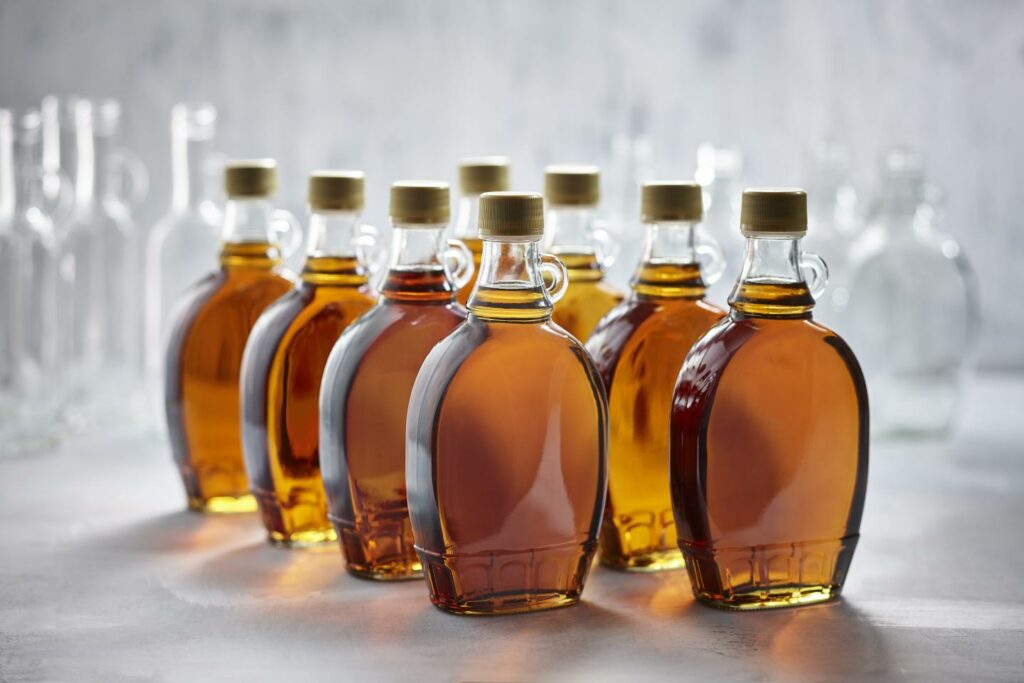There are many stories, facts and myths about maple syrup. Are these four facts or maple syrup myths?
Maple Trees were once called Maypoles.
True: Bridget Lacy, an early settler of Upper Canada, in a letter to Mary Thompson in Ireland, wrote, “But what flogged all that I had ever seen, was making sugar out of a tree, … make a hole in the tree, (the Maypole they call it,) and out comes the shuggar, like sweet water thick like, and you boil it,” as recorded in Authentic Letters From Upper Canada, 1833.
Fall colours coincide with maple syrup production.
False: Maple leaf colour changes take place in September and October, not March and April. Leaves change due to the amount of daylight needed. Reduced light and changes in temperature stop the food-making process causing the chlorophyll to break down, and the green colour changes to yellow and orange. Sap flow is not light-dependent but is dependent on temperature. Sap flow occurs when temperatures rise above freezing creating positive pressure in the tree. Sap will flow out of a tap hole to escape this pressure. As the temperature cools, or falls below freezing, negative pressure occurs, drawing water into the tree through the roots, replenishing the sap in the tree to flow again during the next warm period.
Drinking maple sap directly from the tree is a spring tonic.
True: This is a First Nations spring cure to renew vitality. In early days, when people lived off the land, they were dependent on a local seasonal diet, primarily filled with locally raised and preserved food. These foods were limited in vitamin and mineral content. Over the course of many months, the body was depleted of many vitamins and minerals. In spring time, drinking the maple sap would bring much-needed nourishment after a long winter.
Maple sugar was a cure for cholera.
True, with warnings: In 1852, Suzanna Moodie wrote in her book Life In Canada, about a remedy for cholera. Attributed to Stephen Ayres, the cholera doctor in the colony, the treatment included an ointment rub made of hog’s lard, maple-sugar and ashes from the maple tree, followed by a hot draught of maple sugar and ley. The treatment would cause violent perspiration and cramping for about an hour. After a quiet sleep, the person awakes to perfectly restored health. Even so, we wouldn’t recommend you try this at home.
Now you know!

